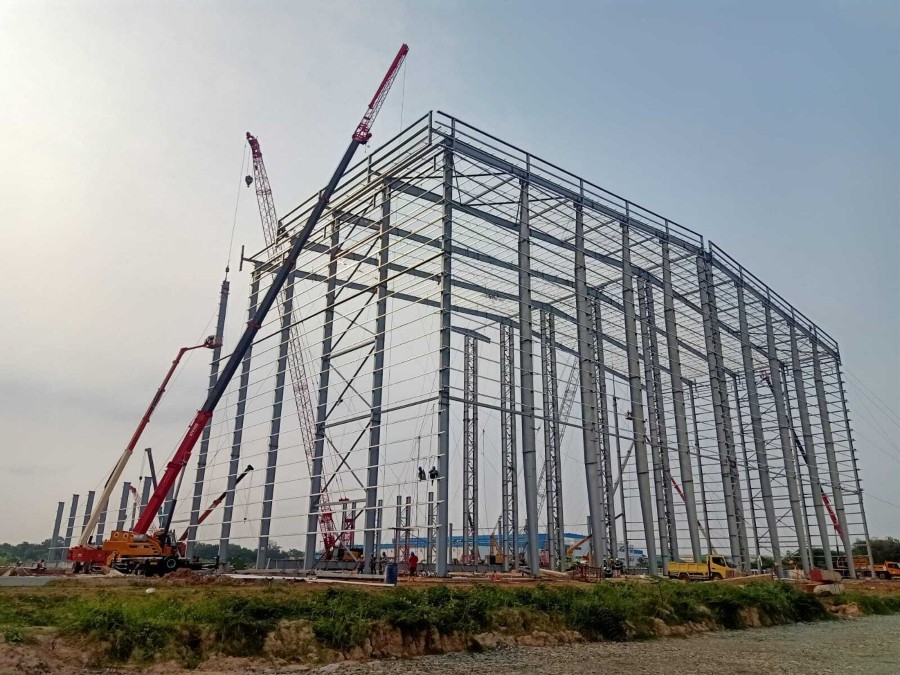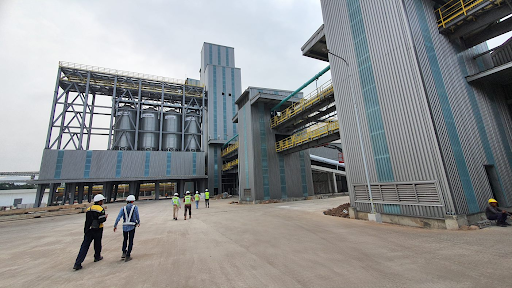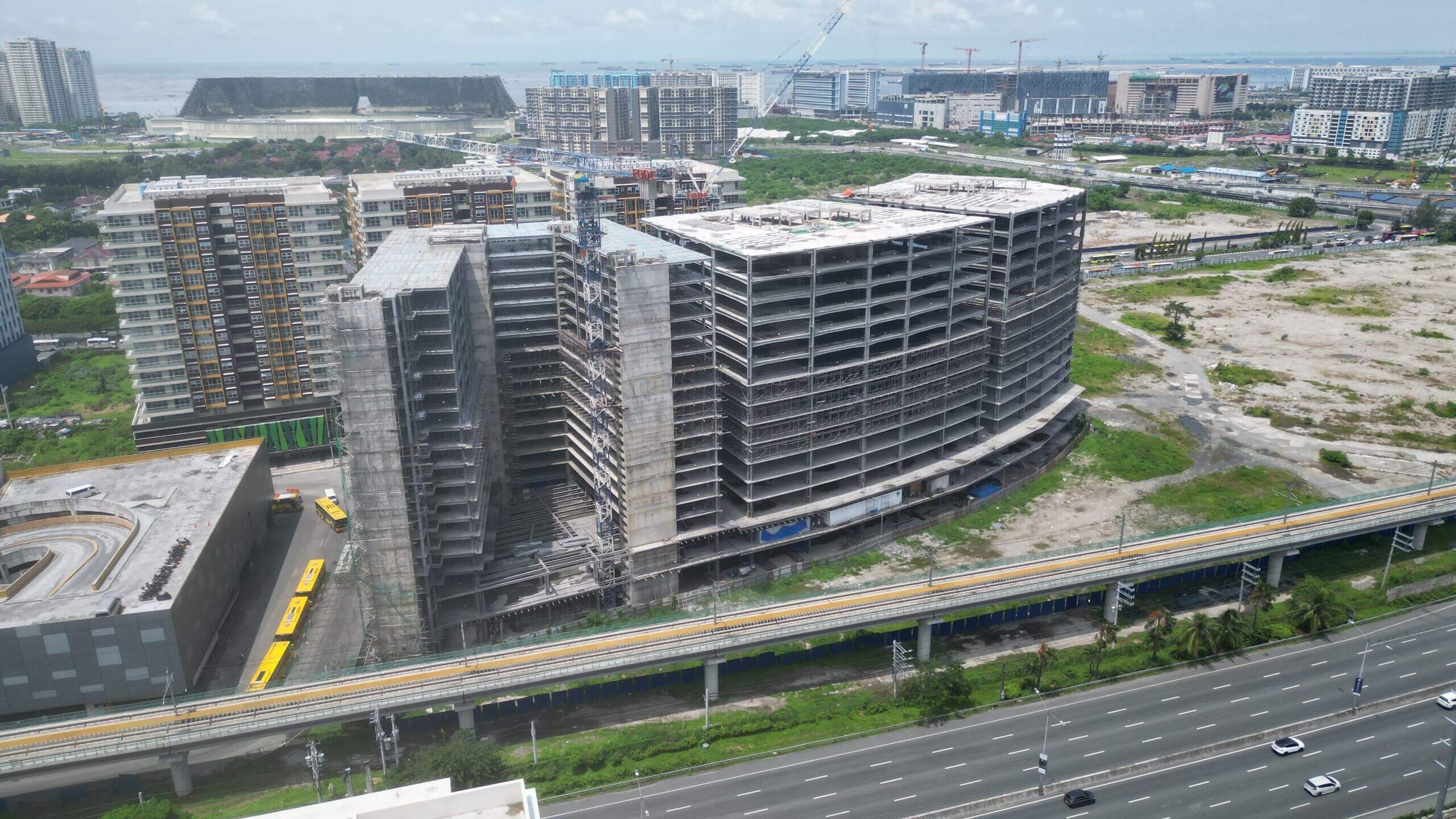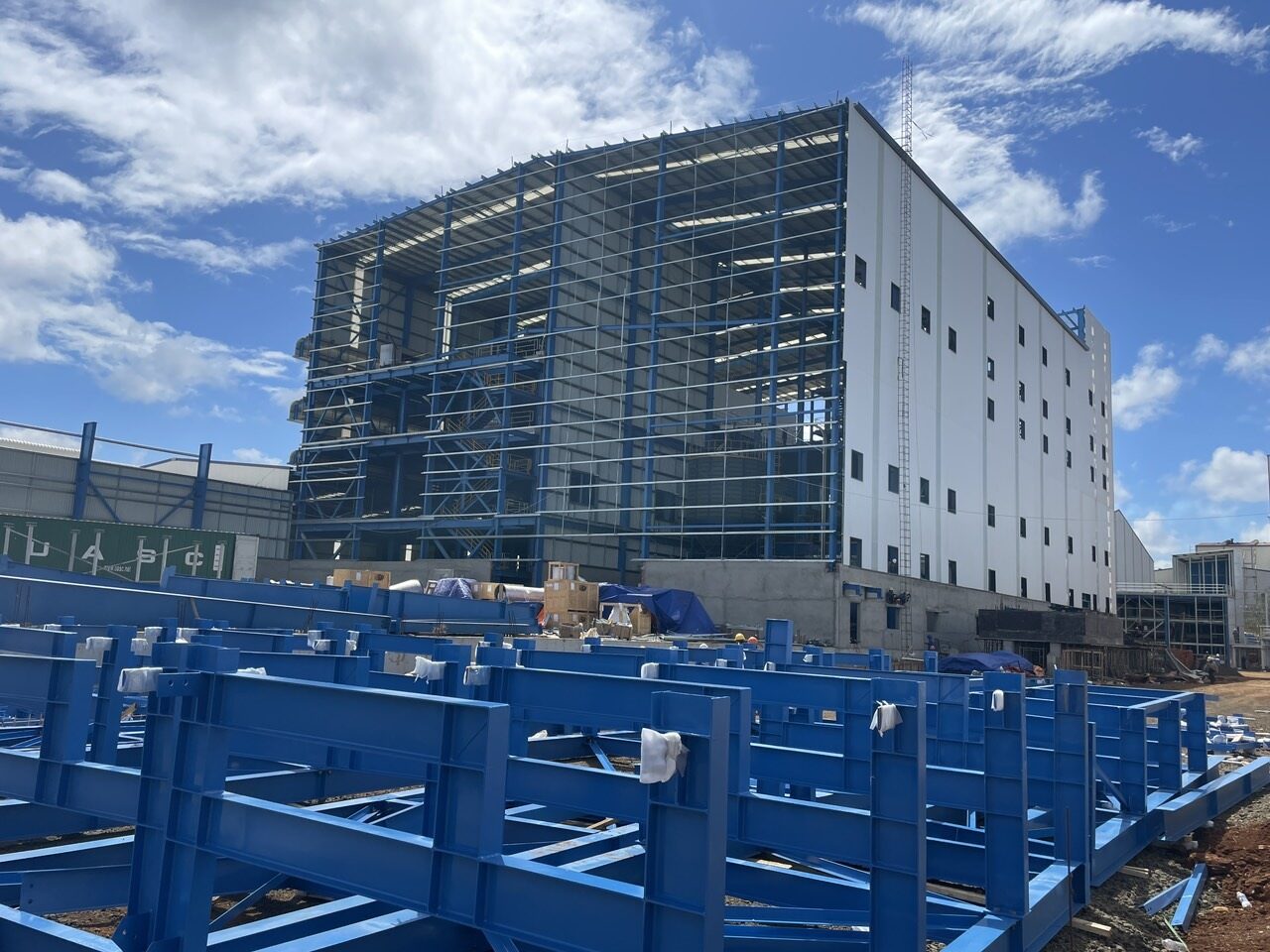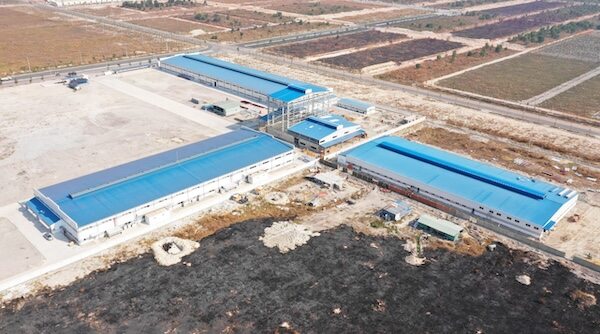1. Understanding the Trend of Sustainable Steel Construction
Sustainability is an essential factor in modern construction, particularly for pre-engineered steel buildings. To assess whether a steel structure is sustainable, several critical aspects must be considered:
1.1. Efficient use of materials and energy
Pre-engineered steel buildings must ensure the optimal use of materials and energy. This approach not only reduces construction costs but also minimizes the exploitation of natural resources, contributing to environmental protection. Pre-engineered steel buildings are often made from recycled structural steel, which helps reduce industrial waste and saves energy compared to producing new steel. According to the World Steel Association, approximately 30% of global steel production comes from recycled steel, significantly reducing CO2 emissions.
1.2. Structural integrity and resilience to harsh conditions
A sustainable pre-engineered steel building must have high resilience against extreme weather conditions and natural disasters. The strength and durability of steel structures allow them to withstand powerful winds, earthquakes, and other environmental stresses. Steel’s excellent tensile and compressive strength prevent deformation under heavy loads. Moreover, the corrosion resistance of steel, especially when galvanized or painted, ensures a long lifespan for the structure.
1.3. Reusability and recyclability
The components of pre-engineered steel buildings are highly reusable and recyclable. At the end of their life cycle, steel elements can be dismantled and reused in new construction projects or recycled to produce new steel. The recycling process for steel not only conserves raw materials but also reduces construction waste, minimizes environmental pollution, and saves energy compared to producing steel from raw materials. Steel can be recycled repeatedly without losing its physical and chemical properties, making it one of the most sustainable materials in the construction industry.
1.4. Minimal environmental impact
A sustainable pre-engineered steel building must ensure minimal environmental impact throughout its lifecycle. The use of non-toxic materials and construction processes that avoid polluting emissions are crucial factors. Measures to control noise and dust during the construction phase also contribute to protecting the surrounding environment. Additionally, pre-engineered steel buildings are often assembled in factories and transported to construction sites, reducing on-site construction time and environmental impact.
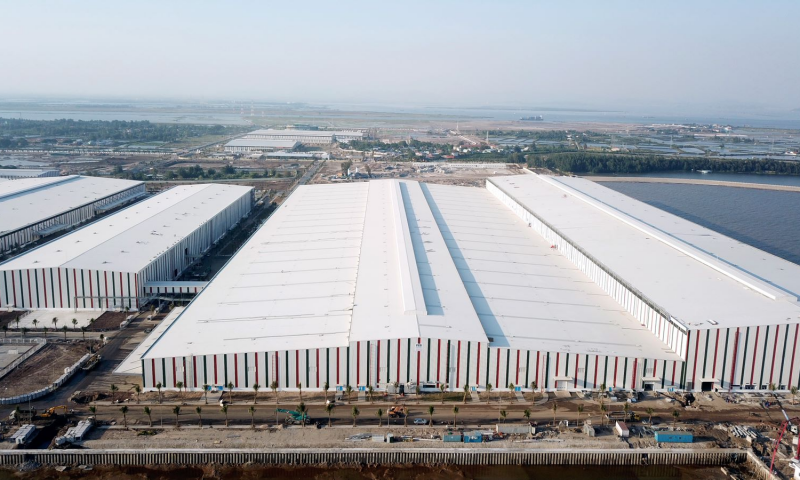
Factors for evaluating sustainable steel structures
2. Sustainability certification in steel structure construction
In the context of modern architecture, pre-engineered steel structures are evaluated not only for their aesthetics and economic efficiency but also for their sustainability and environmental impact. Sustainable certifications have emerged as an objective measure, affirming the quality and commitment of investors toward building green structures.
Several widely recognized sustainable certification programs are commonly applied to pre-engineered steel buildings, each with its detailed criteria:
2.1. LEED (Leadership in Energy and Environmental Design)
LEED, developed by the U.S. Green Building Council (USGBC), is a prestigious international certification system that comprehensively evaluates the sustainability aspects of buildings, from design, construction, and operation to maintenance.
A pre-engineered steel structure achieving LEED certification is recognized for:
- Energy Efficiency: Using high-performance insulation materials, optimizing natural light, and employing energy-efficient lighting and appliances.
- Water Conservation: Utilizing water-saving fixtures, collecting and reusing rainwater, and irrigating landscapes with recycled water.
- Emission Reduction: Using low-carbon materials, minimizing construction waste, and employing renewable energy sources.
- Indoor Air Quality: Using low-emission materials, designing effective ventilation systems, and controlling humidity and temperature.
- Environmentally Friendly Materials: Use recycled, reusable, or renewable materials, locally sourced materials, and green-certified materials.
LEED certification is categorized into four levels: Certified (40-49 points), Silver (50-59 points), Gold (60-79 points), and Platinum (80+ points), based on the accumulated points.
2.2. BREEAM (Building Research Establishment Environmental Assessment Method)
BREEAM (Building Research Establishment Environmental Assessment Method) is one of the oldest and most widely recognized green building certification systems in the world, originating from the United Kingdom. BREEAM evaluates the environmental performance of a wide range of building types, including commercial, industrial, and residential projects.
BREEAM provides a framework to promote and implement environmentally friendly and sustainable construction practices. It encourages building owners to utilize technologies, materials, and design strategies that minimize negative environmental impacts and enhance occupant health and well-being. This is achieved through a detailed set of criteria, including:
- Energy: Energy performance, use of renewable energy, and energy management.
- Water: Water conservation, efficient water use, and water management.
- Materials: Selection of sustainable materials, minimizing the environmental impact of materials, and material management.
- Waste: Minimizing waste, recycling and reusing waste, and waste management.
- Pollution: Controlling air, water, and soil pollution, and minimizing noise and light pollution.
- Management: Sustainable project management, sustainable operation, and maintenance.
- Health and Well-being: Indoor air quality, natural light, temperature and humidity control, and access to green spaces.
A pre-engineered steel structure achieving BREEAM certification is recognized for its sustainability and positive contribution to the surrounding environment. BREEAM certification is divided into five levels: Pass, Good, Very Good, Excellent, and Outstanding.
2.3. Green Star
Developed by the Green Building Council of Australia (GBCA), Green Star focuses on evaluating and encouraging sustainable solutions in design and construction. The Green Star assessment system includes criteria such as:
- Management: Sustainable project management, quality management, and environmental management.
- Energy: Energy performance, use of renewable energy, and energy management.
- Water: Water conservation, efficient water use, and water management.
- Environmental Impact Reduction: Minimizing emissions, protecting biodiversity, and waste management.
- Indoor Air Quality: Using low-emission materials, designing effective ventilation systems, and controlling humidity and temperature.
- Material Selection: Using recycled, reusable, or renewable materials, locally sourced materials, and green-certified materials.
A pre-engineered steel structure achieving Green Star certification is recognized for its environmental friendliness and ability to minimize negative impacts on the ecosystem. Green Star certification is categorized into three levels: 4 Stars, 5 Stars, and 6 Stars.
2.4. Living Building Challenge (LBC)
The Living Building Challenge (LBC) is one of the world’s most rigorous green building standards, developed by the International Living Future Institute (ILFI). LBC not only focuses on sustainability but also promotes buildings that aim to become “living buildings,” meaning they are self-sufficient and do not harm the environment.
Projects are evaluated based on 7 criteria below:
- Location: The building’s integration with the community and its support for the surrounding urban space.
- Water: The ability to capture, treat, and manage water and wastewater from the building.
- Energy: Designed to eliminate the use of fossil fuels. Fully certified projects must operate year-round using on-site renewable energy.
- Health and Happiness: Ensuring the health of occupants with requirements for daylight, fresh air, hygiene processes, temperature control, and access to nature.
- Materials: The ability to resist the negative impacts of building materials on human health and the environment. This criterion includes requirements related to chemical content, local sourcing, and waste management.
- Equity: Requirements for accessibility, labor sourcing, and adherence to ILFI’s Just Label standards.
- Beauty: The aesthetic impact of the building on its surroundings.
A pre-engineered steel structure achieving LBC certification is recognized as a self-sufficient building, capable of generating more energy than it consumes and positively contributing to the surrounding environment.

Sustainability certifications in steel structure
Achieving sustainable certifications demonstrates the quality and credibility of pre-engineered steel structures. It brings practical benefits such as reduced operating costs, enhanced brand value, attracting potential customers and partners, and contributing to environmental protection and sustainable development.
For comprehensive solutions in pre-engineered building construction, please contact Pebsteel via email at marketing@pebsteel.com.vn or hotline at (+84) 908 883 531 for immediate assistance!
*** This article is intended to provide general information about the pre-engineered steel building and steel structure industry only. For further details or clarification based on your needs, please contact Pebsteel directly.






